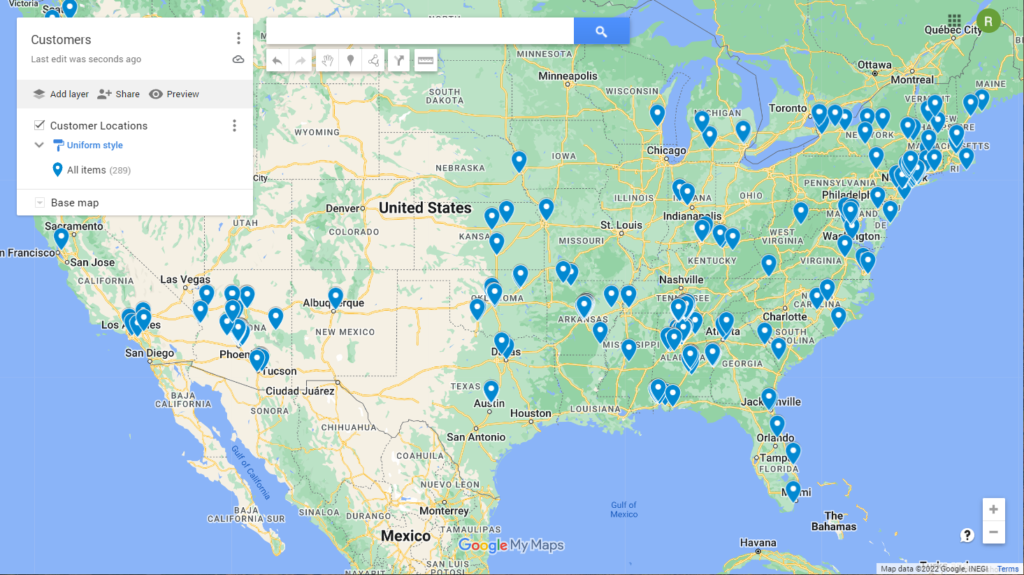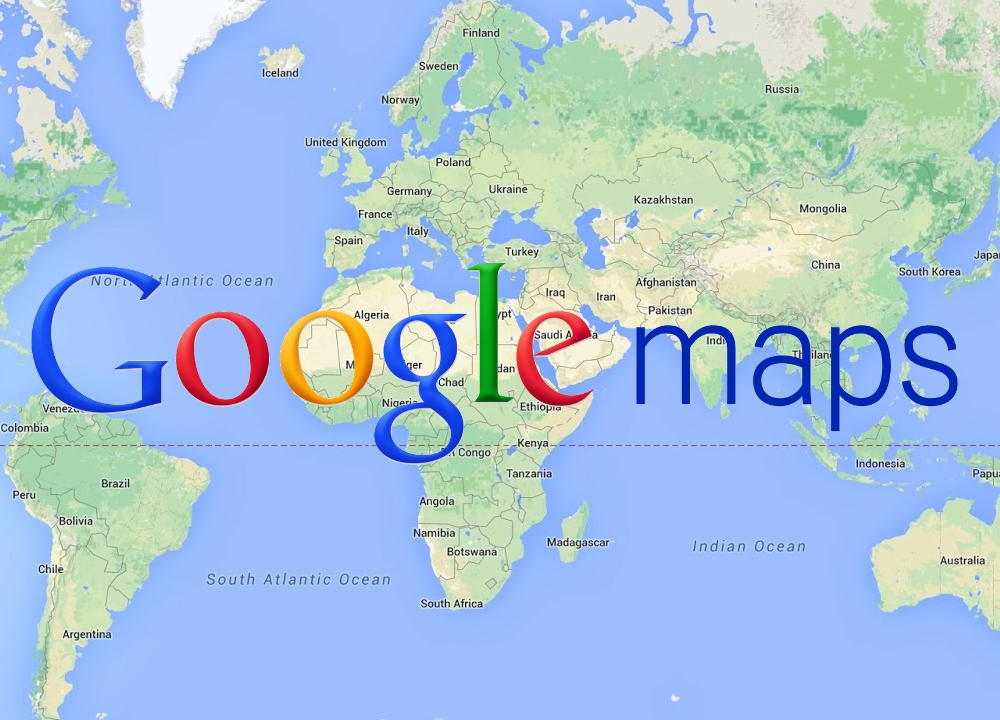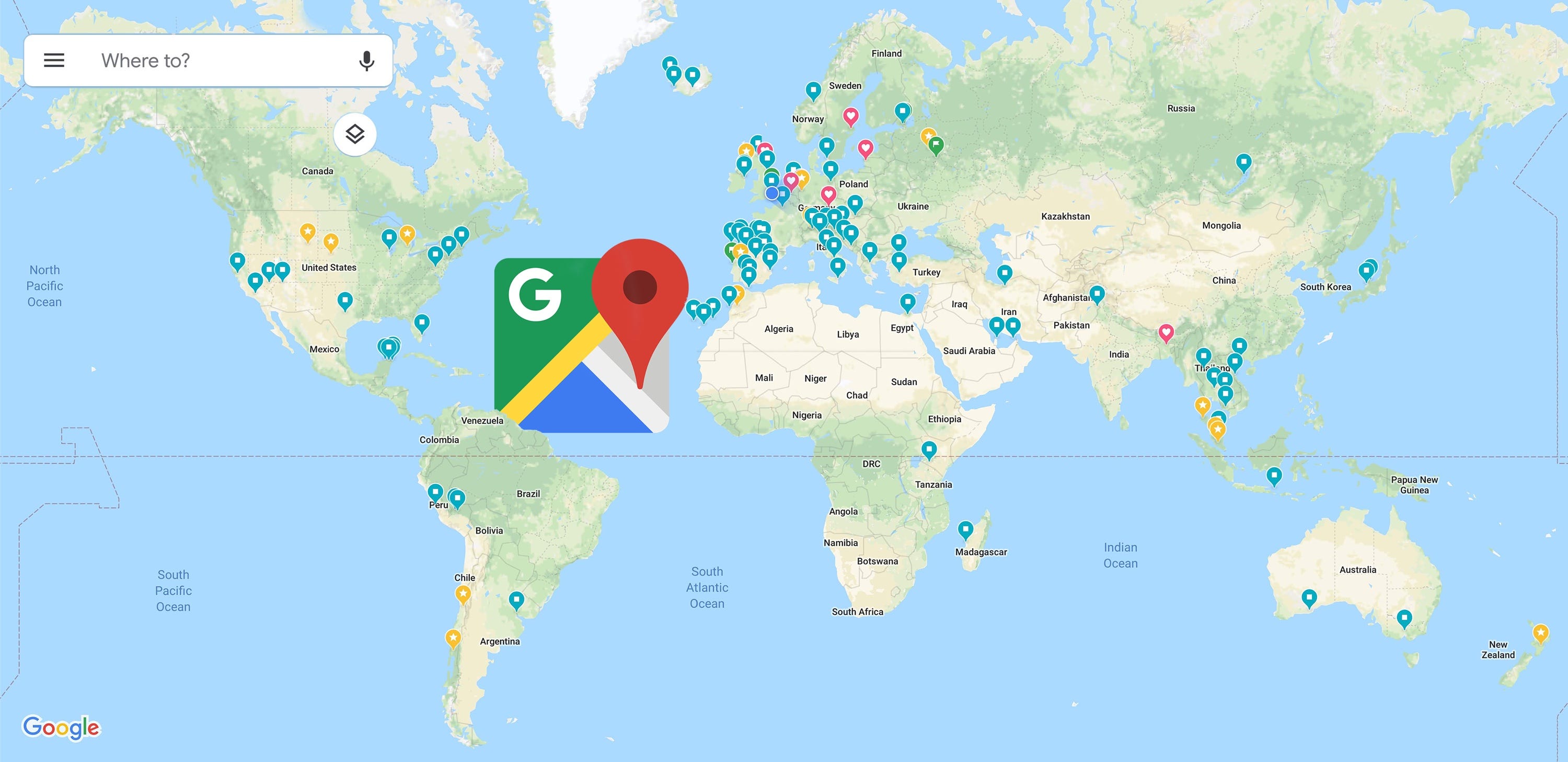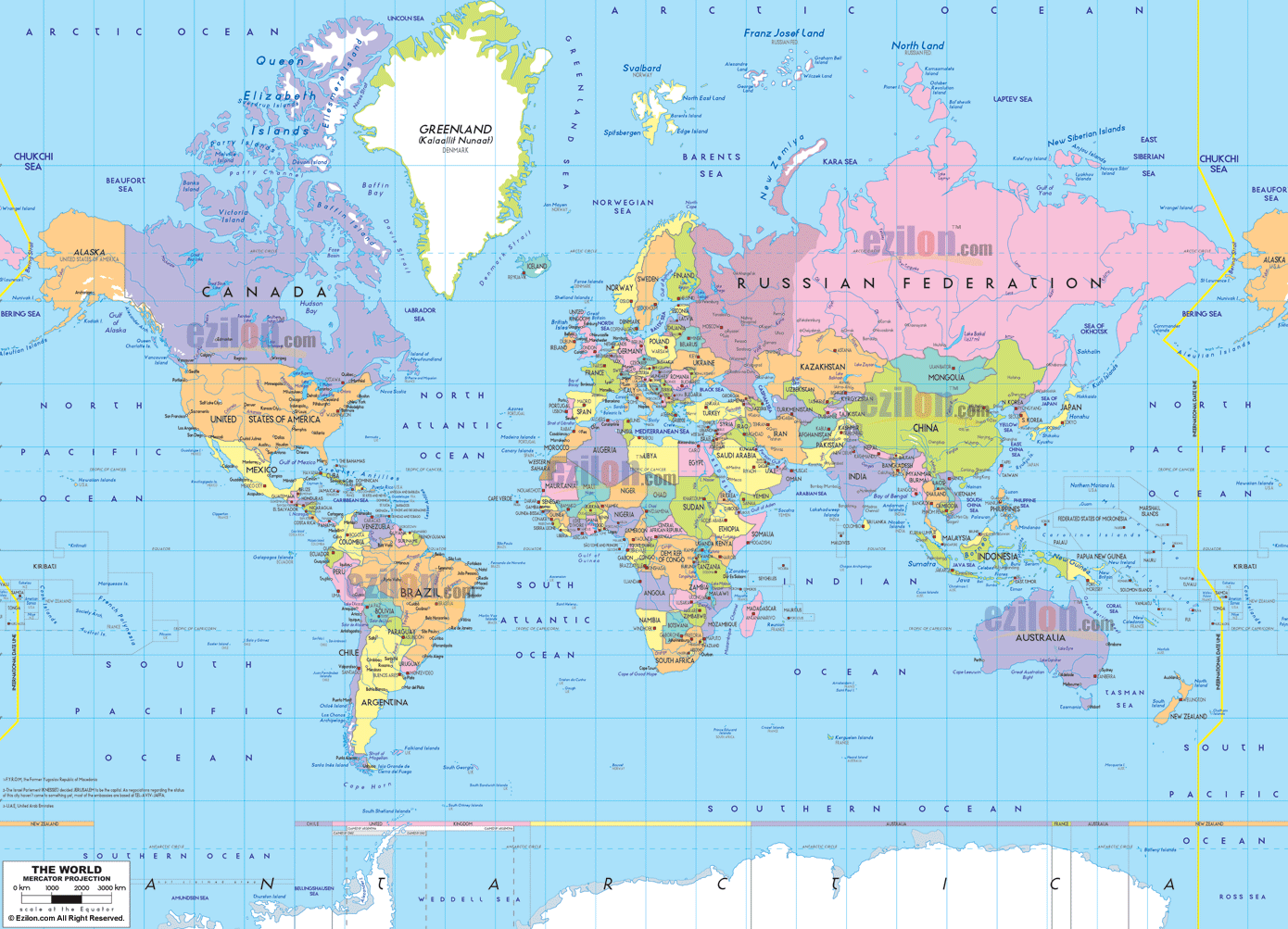The Book of Acts, also known as the Acts of the Apostles, serves as a pivotal transition in Christianity, documenting the fervent expansion of the early church and the adventures of key figures such as Peter and Paul. A visual representation of these journeys can significantly enrich one’s understanding of the geographical and cultural contexts within which these transformative events unfolded. Below, we explore a selection of maps that provide a meticulous overview of the locations mentioned in this remarkable narrative.
The Missionary Journeys of Paul

This engaging map delineates the three principal missionary journeys undertaken by Paul. It intricately tracks his route through regions such as Asia Minor and into Europe, revealing the vast territories covered in his quest to spread the gospel. Note the cities that emerged as early Christian strongholds, altering the religious landscape of the time.
Map of Early Christian Communities

Explore this insightful map that highlights the major communities established during the apostolic age. Understanding the specific locales of early Christian congregations provides a deeper insight into the struggles and triumphs of these nascent followers of Christ, working steadfastly to propagate their beliefs amidst often daunting challenges.
Jerusalem and Its Significance

Delve into the heart of early Christianity with this detailed depiction of Jerusalem, a city steeped in spiritual significance. The map outlines the crucial sites associated with the apostles, culminating in their pivotal experiences that laid the foundation for a worldwide movement.
The Expansion into the Gentile World

This striking map illustrates the geographic expansion into Gentile territories. It serves as an enlightening representation of how the apostles ventured beyond the Jewish community, embracing diverse cultures and nations as they spread their message.
Map of Major Events in Acts

A comprehensive map showcasing significant events from the Book of Acts, including pivotal gatherings, miraculous occurrences, and pivotal speeches. Each location marks an event that shaped the early church, underscoring the dynamic interplay between geography and spiritual history.
